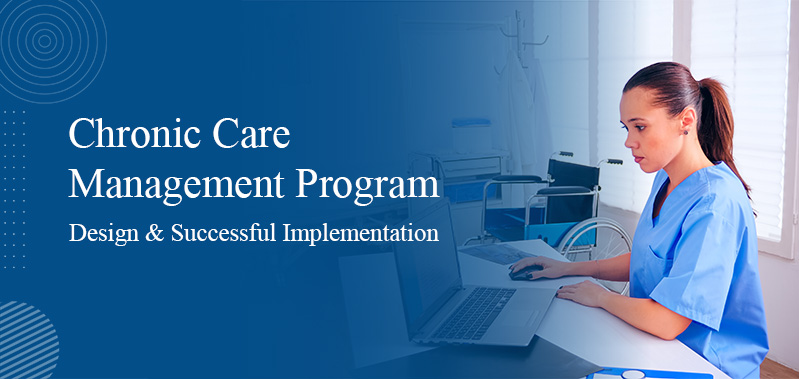
Credentialing 103 - 2025
Credentialing is more than a bureaucratic hurdle—it's the lifeline of healthcare operations. Whether you’re a medical practice manager, credentialing coordinator, or part of a hospital's administrative team, you’ve likely felt the pressure of delayed provider onboarding. The year 2025 brings more complex payer requirements, tighter compliance rules, and increased patient demand. As a result, knowing how to expedite provider credentialing has never been more essential.
Why Credentialing Still Feels Like a Bottleneck
Despite changing technology and payer portals, credentialing remains like a maze. Whether it's a missing document or a miscommunication, the credentialing process still takes between 45 and 120 days to complete. Meanwhile, providers sit idle, and revenue crawls.
But there's an interesting twist here: credentialing is not checklisting. It's verifying the provider's credentials, licenses, and work history against the payer policy and regulatory requirements. It has to be done—it doesn't need to be time-consuming.
By 2025, organizations that effectively reduce provider enrollment timeline reduction aren't working harder—they're working smarter.
The Cost of Delay: It's More Than Money
If a new provider can't schedule patients due to credentialing lag, the cost significantly outweighs the loss. Patient care is delayed, morale suffers, and your practice reputation hangs in the balance. Each lost day eats away at profitability and trust.
That's why information on how to speed up provider credentialing isn't an operational necessity—it's a leadership one.
7 Proven Strategies to Speed Up Provider Credentialing in 2025
Let's count how creative companies are doing it today:
- Centralize and Digitalize Provider Data: Make one single digital file per provider by using credentialing software that links to CAQH, PECOS, and payer portals. Once centralization is achieved, there is no duplicate entry, and error risk is kept to a minimum.
- Begin Early—Gosh Early: Don't wait until they've signed on the dotted line. In making a hiring decision, begin requesting documents and performing background checks. Beginning early in this process makes provider enrollment timeline reduction.
- Create a Pre-Application Checklist: Old, incomplete documents create credentialing delays. #1. Create a master checklist to manage licenses, DEA numbers, malpractice insurance, and CME certifications. Place this on onboarding.
- Use Document Automation and E-signatures: Printing and faxing forms? Time to think outside of that. Utilize platforms with secure e-signatures, real-time form tracking, and automatic reminders for necessary documents. The electronic process accelerates step by step.
- Build Payer Relationships: Credentialing is not a transaction; it's a relationship. Place staff in a position to have open channels of communication with large payers. Knowing whom to call when the break occurs is the secret to how to accelerate provider credentialing.
- Train Your Credentialing Staff: Too often, front-line personnel are juggling multiple jobs without extensive payer-specific rule training. Invest in continuous learning and process improvement for your credentialing team. Happy teams address problems earlier.
- Track Metrics and Benchmark Performance: You can't improve what you don't measure. Track submission dates, approval dates, and chokepoints on dashboards. Set realistic KPIs for provider enrollment timeline reduction and reward every incremental gain.
What's Hot in 2025? Looking Ahead
2025 credentialing is not paper-based anymore—it's platforms. Expect wider payer acceptance of API-based submissions, document verifications through AI, and real-time status notifications within secure portals. Increased interoperability will leave little room for error (and delay).
But with change, complexity. Procedures must keep up with shifting payer requirements, state laws, and Medicare/Medicaid modifications. That is where Credentialing 103 comes in—that is more a function of process acumen; it's more a matter of getting ahead of process.
In the frenzied rush to automate and streamline, we forget that there is a human element. Behind each credentialing order is a caregiver who wishes to provide care, undergun employees, and waiting patients.
By becoming a credentialing process streamlining master, you're not merely streamlining processes—you're making lives better.
Credentialing doesn't have to be a roadblock. In 2025, it can be a competitive advantage.



